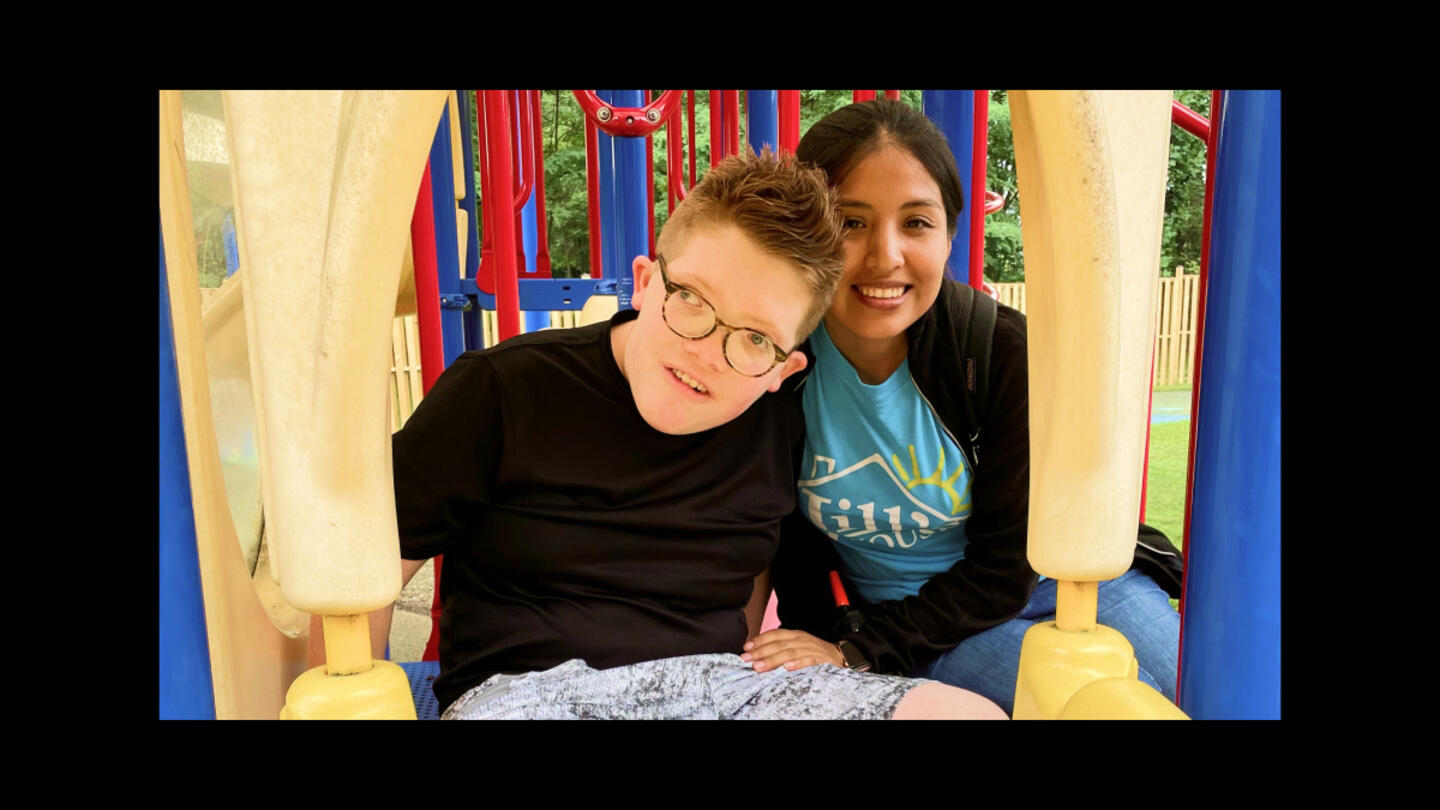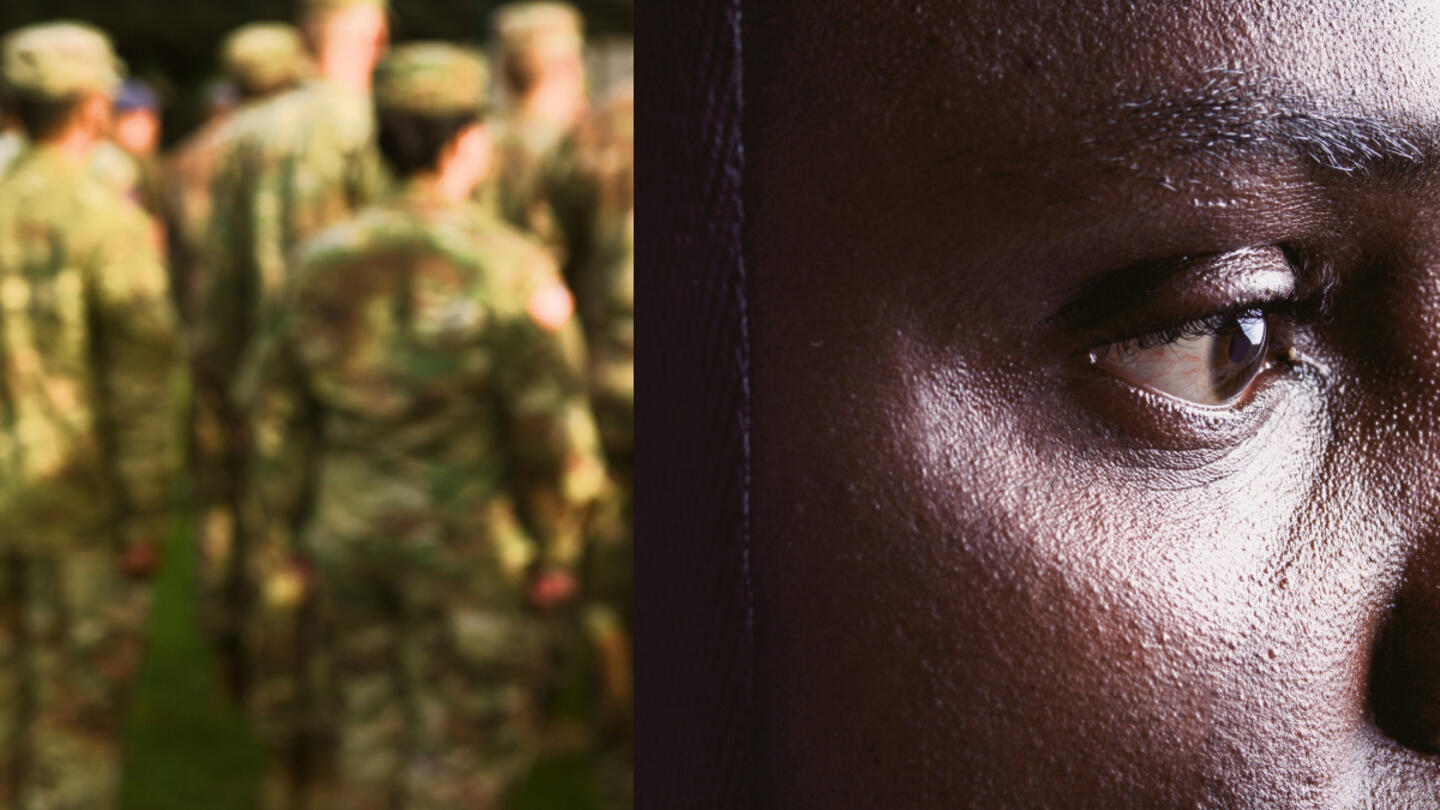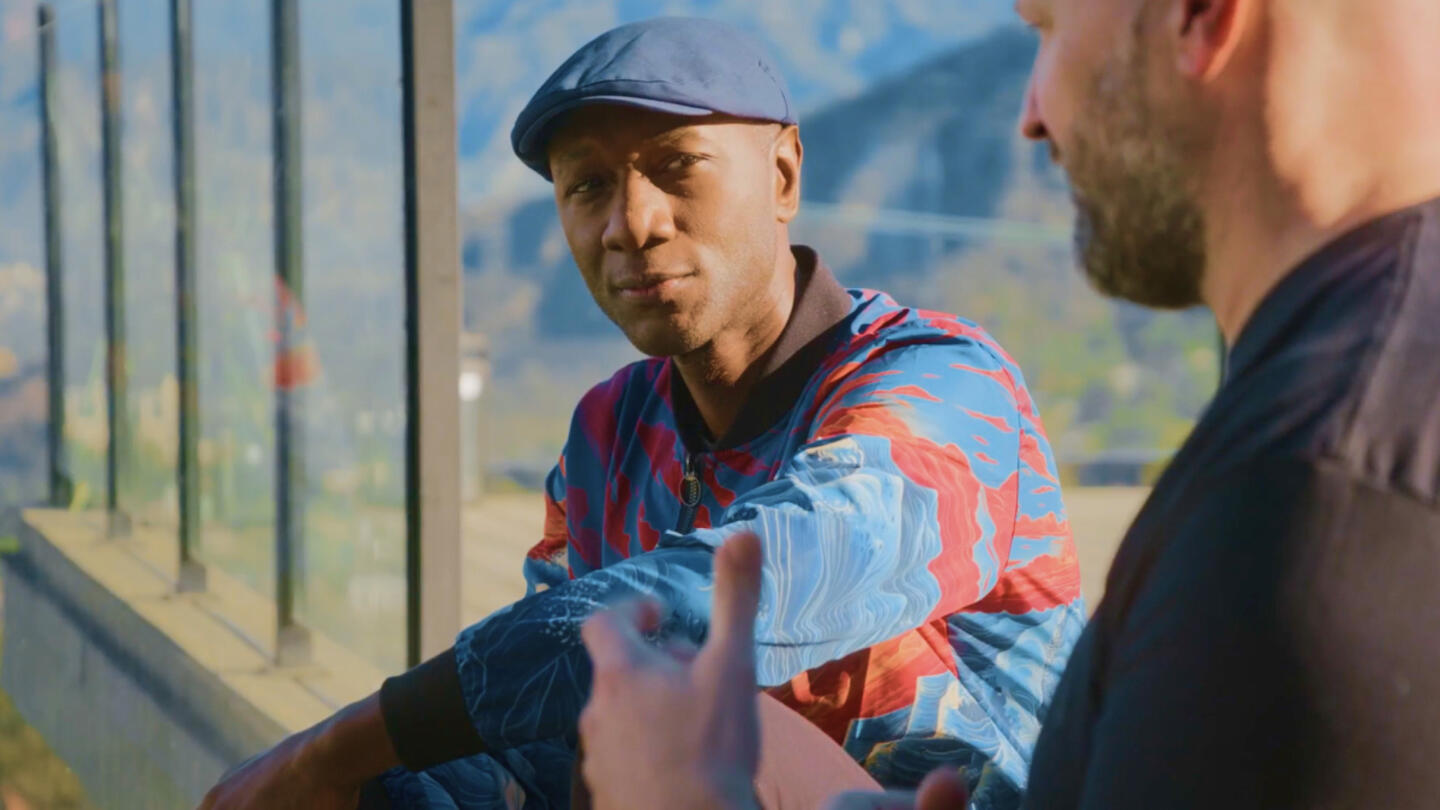What is it like for someone who has spent years feeling overlooked and having their needs dismissed to finally find an organization that listens?
Marquita Harper discovered this while she was living at Our House, a nonprofit in central Arkansas that helps families experiencing homelessness regain stability. One of the services that made a significant impact on Harper was mental health therapy. It had been so transformative for her that she wanted her four children to have the same opportunity.
With three daughters and one son, Harper believed her son needed a male role model and would respond better to a male therapist. “You want to find a therapist that can relate, not just agree,” she said. “And sometimes a female needs a female, and males need males.”
There was just one challenge — Our House didn’t have any male therapists.
So when Our House sent out surveys asking for participant feedback, Harper had a clear message: Hire more therapists and make sure at least one of them is a man.
Was she asking for too much?
Actually, no. “When we got the recommendation that we increase the size of our mental health team, we took that as a signal that the program was working, that it was successful and valued by the people it was designed to serve,” said Ben Goodwin, executive director at Our House. “The biggest issue they had with the program was that they wanted more of it.”
Harper wasn’t the only one requesting more mental health services. It was a key theme of the survey she participated in, which had been sent to over 150 clients. Goodwin and his team took the feedback seriously, using insights from Harper and others to advocate for program expansion with donors.
“We were able to communicate to funders that the service was valued by our clients, and they placed a high priority on expanding it,” said Goodwin. “Communicating that fact helped persuade funders it was a worthy investment.”
The nonprofit welcomed two new therapists to the program, enabling Harper’s son to work with a male therapist.
At Our House, “Customer First Measurement” is the name of the game. Client feedback informs how many decisions are made. The organization asks participants twice a year to give personalized feedback. To avoid blind spots, it has established a community council composed entirely of program participants who analyze the responses and make recommendations accordingly.
This process is about more than responsiveness. It’s also about empowerment and the belief that the people closest to the problem are best positioned to provide feedback about what works well and where to improve.
“We want to do more than just solve short-term problems,” said Goodwin. “We want people to take charge of their own lives. What better way to do that than to actually give them some power?”
How to make surveys that actually ‘serve’
Most organizations conduct surveys. However, it can be difficult to ask the right questions and respond to those surveys in meaningful ways. Our House follows a structured process to ensure that surveys receive thorough attention and consideration.
Sign up for the Strong & Safe Communities newsletter for stories, ideas, and advice from changemakers working with their neighbors to address the biggest problems we face.
“The place where we innovate with our process is not just the surveys, but what we do with the surveys,” said Goodwin. “As a leadership team, we read the survey responses and try to cultivate our own insights into what they mean and what we should do in response to them. But the key innovation is that we assemble this group we call the Community Council, which consists of clients — beneficiaries of our programs. We give them all the survey responses and all the quantitative data, all the comments, positive and negative. It’s huge, with 200 responses and multiple questions.”
The council spends an evening going through the responses, organizing them, discussing them, and, in effect, translating them into actionable changes that Our House’s leadership team can make.
“At the end of the day, the council’s task is to read through all the comments, look at all the data, and then glean from it a limited number of recommendations that they think speak to the loudest message that comes through in that survey round,” said Goodwin.
He explained that the council adds authenticity to the process.
“You can have self-interested interpretations of what survey results are telling you, especially if they’re telling you to change,” he said. “But if you give them all to the recipients of the services and ask them what they mean and what they’re saying, it makes it more of a pure recommendation.”
Accepting feedback requires understanding its underlying reasons
Some recommendations are easier to address than others, and not every piece of feedback is as big as the request to hire more therapists.
For example, in one round of surveys, a substantial amount of feedback focused on the cleanliness of the facilities. In response, Our House made housekeeping a priority. Six months later, not only had complaints about cleanliness disappeared, but several comments praised the facilities’ tidiness, signaling a clear improvement.
After the Community Council processes the surveys, it sends a written set of recommendations to Goodwin and his leadership team, who then commit to responding to those recommendations in writing.
Goodwin explained that his team typically responds to each recommendation in one of three ways:
- When a recommendation is feasible, the response is: “Yes, we’ll try it, and here’s how we will implement the recommendation.”
- If the recommendation cannot be followed as proposed, the response is: “We’re not sure we can do it exactly as recommended, but here’s an alternative approach that addresses the same issue.”
- When the recommendation isn’t possible or doesn’t align with the organization’s mission, the response is: “We can’t implement the recommendation, but here is a written explanation for why we can’t do it.”
The goal of Our House’s feedback loop is to have a constructive dialogue and find ways to address the underlying issues raised by clients and the council, even if the specific recommendation cannot be implemented as suggested.
In another survey round, multiple parents raised concerns about security at the child care center, specifically fearing that someone could easily use the intercom to impersonate a parent and gain access without the child care staff actually seeing them. In response, the Community Council recommended installing video surveillance.
However, since Our House had recently implemented the intercom system, the management team believed the concerns could be addressed by improving safety protocols in the existing system.
“We thought the intercom was fine,” said Goodwin. “But we didn’t just say no. We said, ‘Well, we’re going to improve our system of compliance with existing protocols. Staff will definitely not just buzz in anyone, even if they can’t quite hear because the kids are yelling. They’ll make sure they identify the parent before they let them in.’”
Six months later, “we got all the same feedback,” said Goodwin. Parents still felt the system was unsafe. “So, at that point, we escalated our response.”
The team installed a video intercom system. It was expensive. “It cost about $15,000, so yeah, it was significant. But we did it. And then the next round, not only did we not get any negative comments about that anymore, we got some positive ones.”
The situation highlighted the leadership team’s need to appreciate differing perspectives and understand the roots of the request. “In general, our clients have high levels of trauma in their lives,” said Goodwin. “Feelings of safety can sometimes be harder to achieve for people who are not used to having it. A lot of our work is meant to create that feeling of safety.”
Helping people get to a place where they’re not going to settle
Our House has been surveying its participants for more than eight years. Over time, it has made the nonprofit more responsive and trained participants to be better advocates for themselves and others.
Cynthia Huff joined the Our House community when she became her 10-year-old granddaughter’s guardian. While she initially sought parenting support, she also found that Our House better understood her needs as a formerly incarcerated person.
“When I first was involved in Our House, I didn’t know the process of the federal system,” she said. “Nobody told me. They’d say, ‘You have to pay your probation fees, and here’s what you can’t do.’ But they don’t tell you what you can do. Our House walked me through it.”
She participated in the Community Council, giving specialized feedback about survey responses to the organization’s reentry program.
“The survey I was excited about was the one where we talked about getting [formerly incarcerated people] to realize that they can vote,” she said. “I still have friends that have been free for 10 years and still don’t understand that they could go vote. We don’t have a voice in a lot, but where we can, when we can, we need to get out and vote.”
The reentry program emerged because Our House listened to Huff and other clients who had experienced the challenges of reentry firsthand. “We learned that we needed to provide additional support to help people overcome these barriers,” Goodwin said. Huff and others have encouraged the reentry program to grow and offered advice regarding what the program should focus on.
“Pushed forward by our clients’ energy and ideas, our reentry program continues to innovate,” Goodwin said. “In the past two years, for the first time, we have begun providing pre-release support to incarcerated people.”
Huff now serves on Our House’s board, advocating for others navigating reentry. “Your past choices, your background history alone — it shouldn’t affect how you are living and how you’re trying to improve in your life,” she said.
As for Marquita Harper, the mother who asked for more therapists, she continues to benefit from therapy services at Our House. Her son, now 12, has become more sociable, and Harper feels better equipped to meet all of her children’s emotional needs. She has also improved her ability to navigate systems like schools and health care.
Goodwin emphasized that building a sustainable life, particularly for single moms, is difficult. They have to navigate numerous institutions — employers, community services, landlords, schools, health care providers, and government programs. This becomes even more complex for vulnerable individuals striving to overcome poverty, incarceration, or other stigmatized challenges.
“Creating a sustainable life takes a lot of money,” he explained. “It takes a lot of time, and it’d be a challenge even if those institutions were doing what they’re supposed to do and meeting the needs of their customers — but, in fact, they’re not. They’re not responsive to their needs. They tend to undervalue people. They tend to put in too many barriers.”
For example, many families are afraid of going to the doctor. “They feel like their kids might get taken away from them,” he said. “They’re like, ‘The doctor might call CPS because they think I’m mistreating my child, or they might talk down to me. If I have pain, are they going to accuse me of drug-seeking behavior?’”
When these things happen over and over again, the temptation is to shut down and say to yourself, “They don’t want to listen to me,” said Goodwin. “I’m just going to shut up.”
Building a truly responsive institution is challenging, but the impact goes far beyond simply improving the organization.
“So much of life depends on how proactive you are about advocating for yourself within those systems,” Goodwin said. “Our House is helping people get to a place where they’re not going to settle. When they expect success and build the skills and confidence to advocate for success, they are more likely to get it.”
Imagine if every institution — public or private, nonprofit or for-profit — put this much effort into listening to the people they serve, empowering them to advocate for themselves and take control of their own lives.
How many more needs could we recognize and address? And how many more people would get the personalized support they need?
Our House is supported by Stand Together Foundation, which partners with the nation’s most transformative nonprofits to break the cycle of poverty.
Learn more about Stand Together’s efforts to build strong and safe communities and explore ways you can partner with us.

At this ‘resort,’ children with intellectual disabilities are seen as gifts to be celebrated and loved.

Veterans experience loss when leaving service. Could this be key to understanding their mental health?

The Grammy-nominated artist is highlighting the stories we don’t get to hear every day.

With his latest project, Blacc isn’t just amplifying stories — he’s stepping into them
